PLAN YOUR VISIT
About the Museum
Guests visiting Sails to Rails will journey through the Age of Sail, a time when tall ships plied the treacherous waters of the Caribbean, Gulf of Mexico and the Florida Keys and they will learn about the time in America when railroads opened up the frontiers of an emerging nation.
Sail power was used in the day of the treasure fleets returning from Mexico and South America, in the initiative to rid the Caribbean of piracy, and in the industries that made Key West the richest city per capita in the United States: sponging, turtling, fishing, wrecking, and cigar making.
The end of the Age of Sail came with the beginning of steam power in the 1820’s and during the Civil War years of the 1860’s, when the vicissitudes of industry gave way to the speed and reliability of steam. Despite its rapid decline, sail remained part of the industrial fabric of Key West until its last ship was built in 1939: The Western Union, the cable tender serving its namesake company.
Museum Highlights
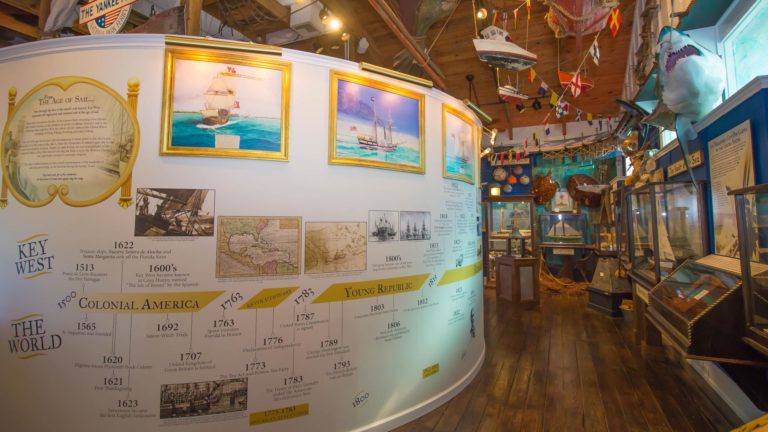
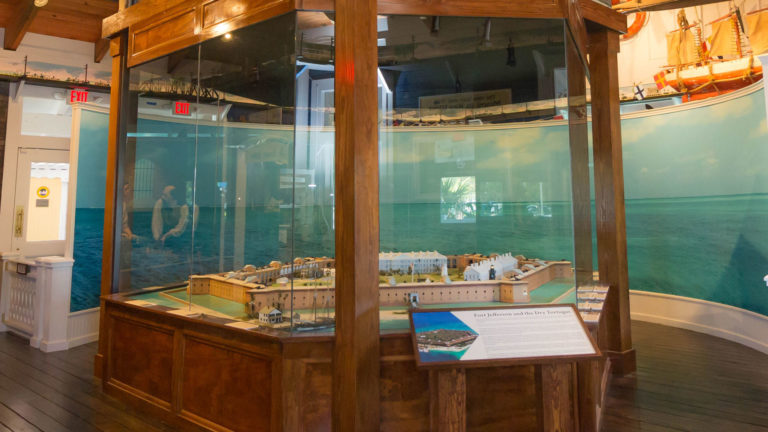
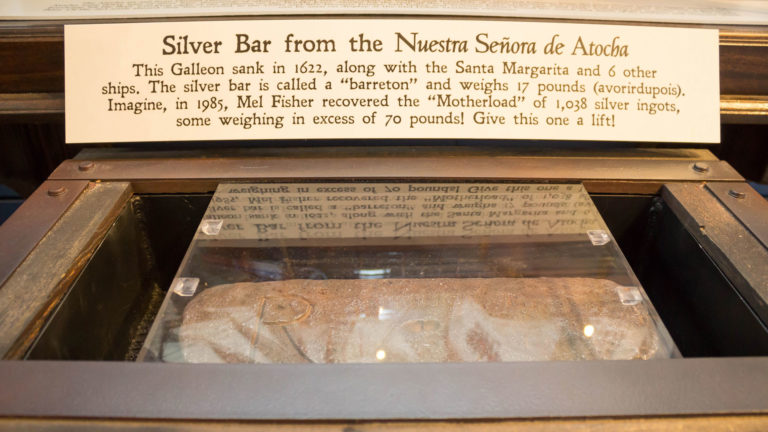
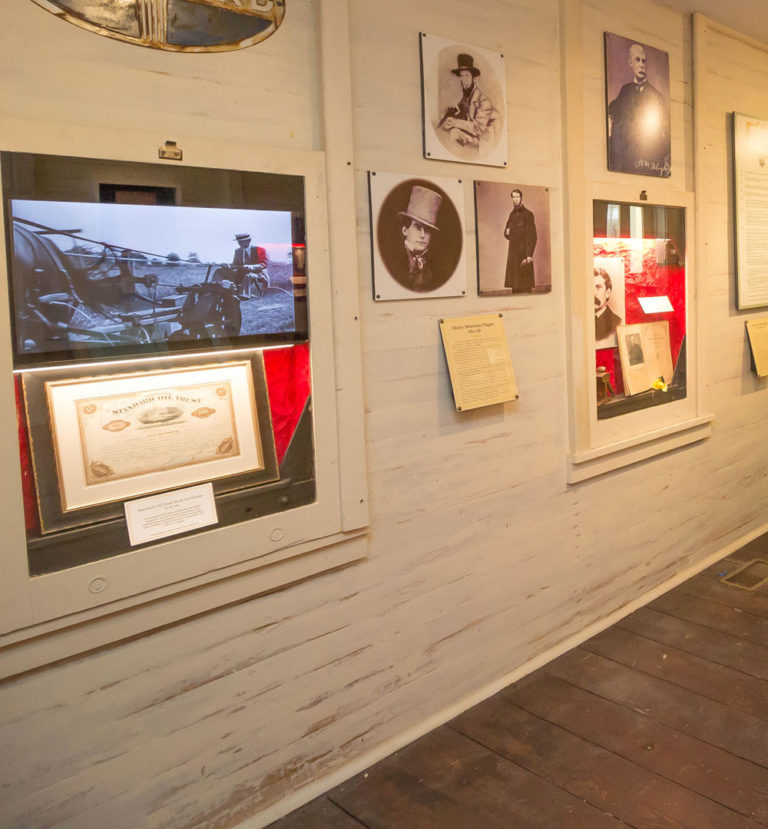
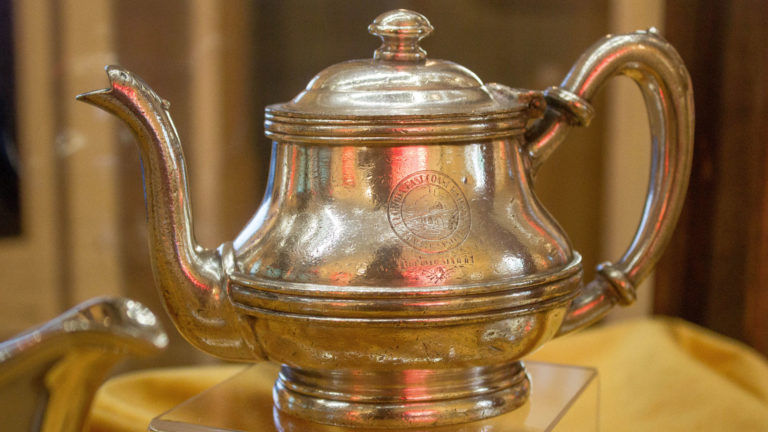
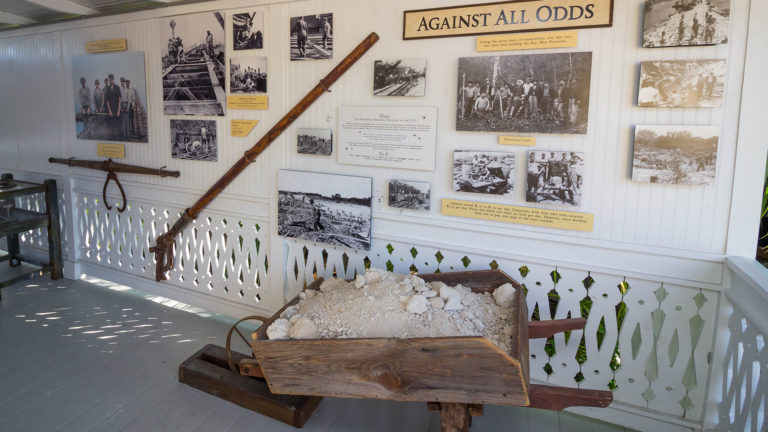
Sails to Rails at Flagler Station
There was a time in America when railroads opened up the frontiers of an emerging nation. Railroads meant connection to commerce, wealth, and politics in the young country. In a sense, the United States of America was built on the foundation of its railroads, and Florida was certainly no exception.
In 1900, the life expectancy of a male in the United States of America was a mere 47 years. Henry Flagler was 70 years old and one of the wealthiest men in the world, thanks to his partnership with John D. Rockefeller. Together they founded the world’s largest company, Standard Oil of New Jersey. Due to the health of his wife, Henry Flagler first came to Florida in 1885 and became entranced with the dream of seeing it become the country’s Riviera. His aspirations for luxury hotels along the East Coast of Florida helped develop the state into what it is today.
Upon realizing that the Panama Canal was going to be completed in 1913, Henry Flagler conceived of establishing a railhead in 1897 in the southernmost deep-water port of the state: Key West. Thought to be impossible, and even labeled “Flagler’s Folly,” the Key West extension was begun in 1905 and was, indeed, an engineering marvel.
Sails to Rails Museum is one of the most comprehensive overviews of the Florida Keys and Key West history that a visitor can obtain. A visit to the museum is a top attraction in Key West for adults and kids of all ages.
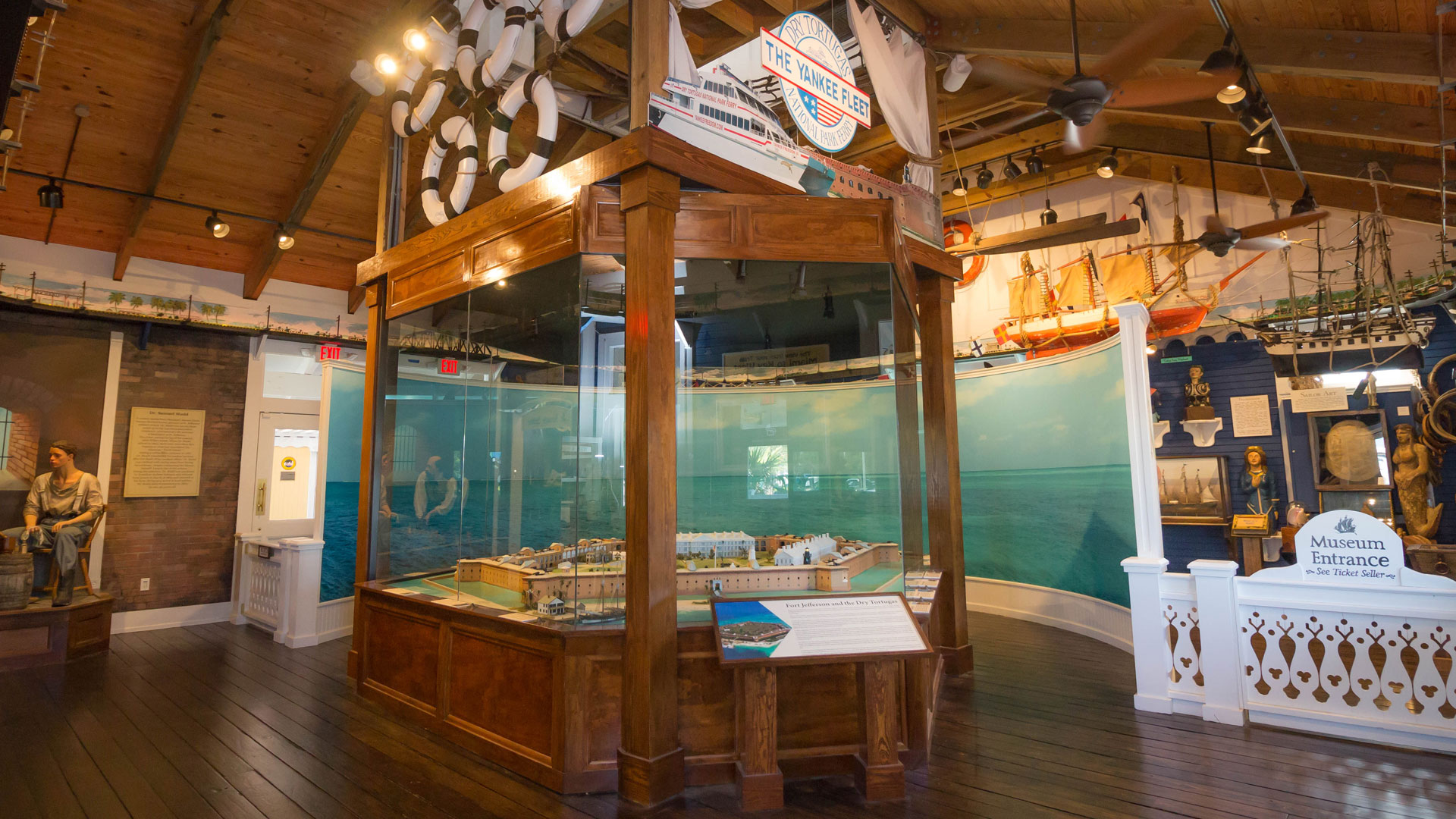
Free Exhibit - Get Your Hands on History
Discover the Dry Tortugas National Park, Ft. Jefferson Diorama. In this marvelous display, you’ll be able to gain a unique perspective of this national park. Kids, especially, are drawn to this exhibit that shows views of the island from above. The exhibit also encourages youngsters to protect the sensitive ecosystem within our National Park Jr. Ranger Exhibit. The fun continues with a virtual ride on the Famous East Coast Railway. Utilizing go-pro cameras this miniature version of the railroad Henry Flagler built to connect Key West to mainland Florida comes to life through this highly engaging simulation. You’ll also get to see a scaled model of the 7-mile bridge, the longest bridge in the Florida Keys that provide motorists with unforgettable, awe-inspiring vistas as they make their way to the Southernmost City!
Tickets & Schedule
*Reservations are NOT needed or accepted. Tickets can be used on any operating day within 12 months of the purchase date.
TOUR DURATION
Self-guided
BOOTH LOCATION
901 Caroline St.
Key West, FL 33040
OPERATING TIMES
Daily.
9:30am – 4:30pm.

PARKING & BOARDING
Three paid parking lots adjacent to the museum:
The City of Key West Park and Ride, Half Shell Parking Lot & Key West Bight Parking Lot
ACCESSIBILITY SERVICES
Handicap ramp available. All parts of the museum are accessible.

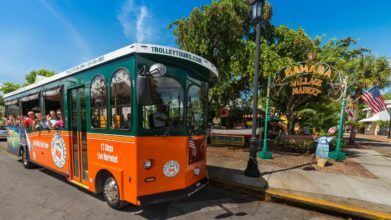
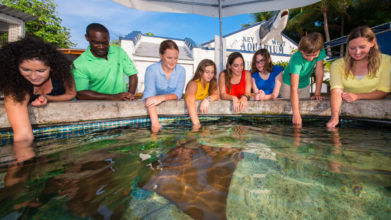
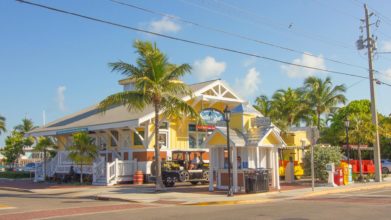
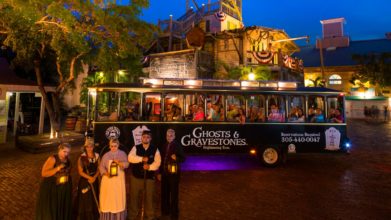
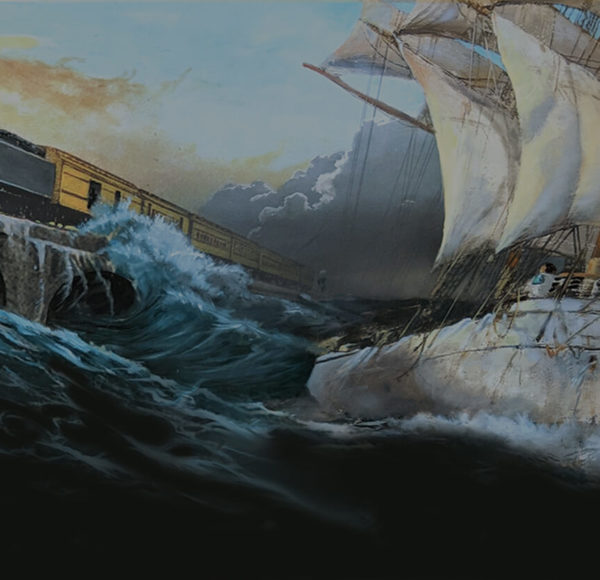

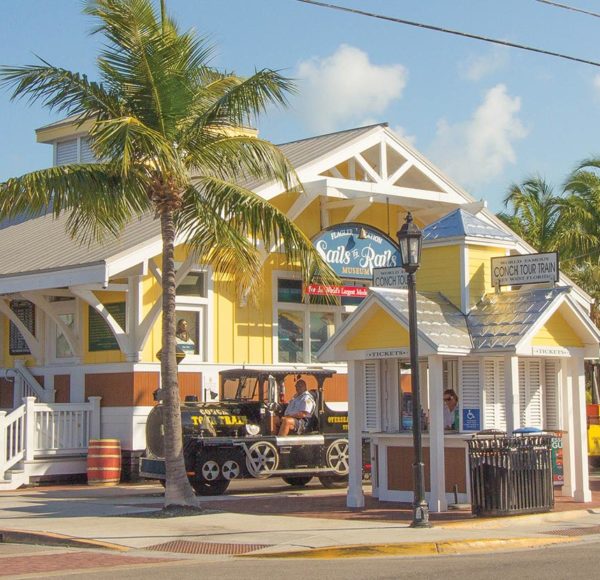
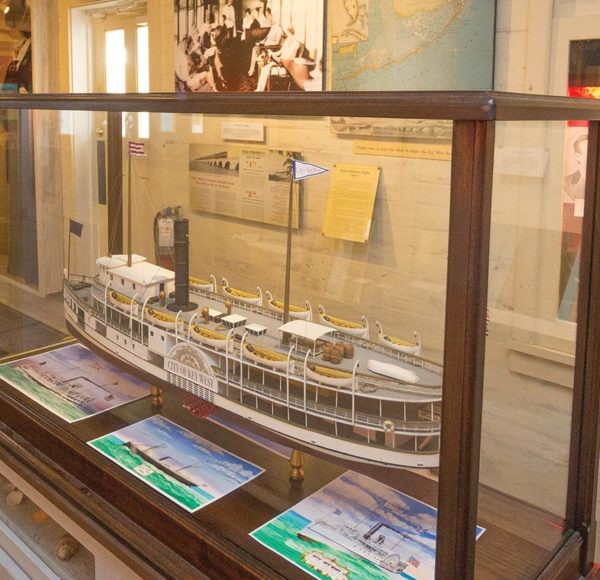
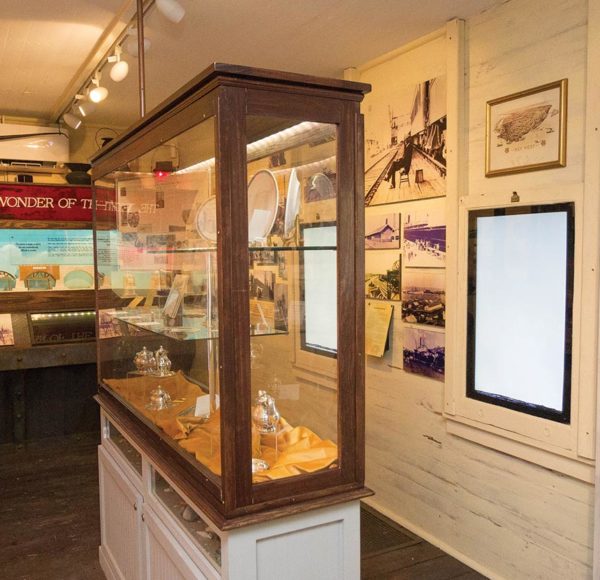
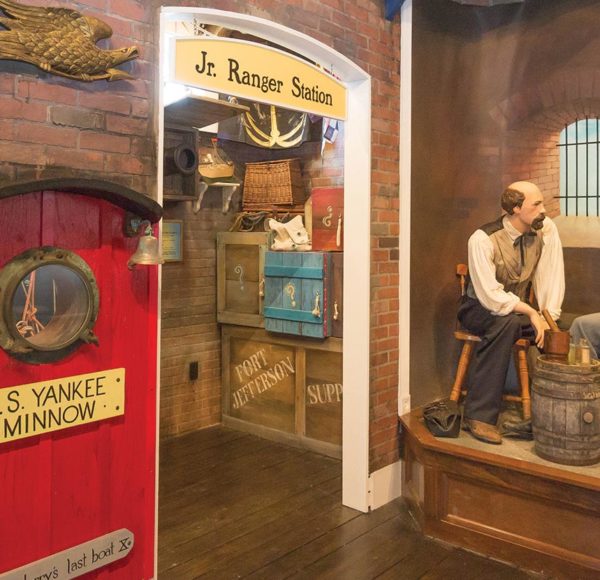
#SAILSTORAILSMUSEUM
Take a look at some social media pics